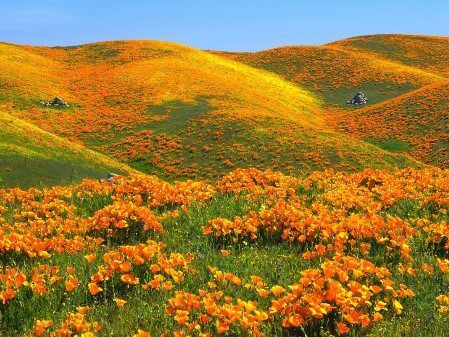A few famous plants are named for celebrities, but not the celebrities you know.
If you read gardening books like I do, you pick up fascinating stories about plants. Did you know there was a famous doctor and plant expert in Charleston, SC during the Colonial Period named Dr. Garden? And did you know that when the Spanish Conquistadors sailed up our California coast after conquering Mexico, they saw the coastal hills clothed in gold, but it wasn’t the gold they were looking for, it was California Poppies! Here are few celebrity stories about plants. Enjoy.
Gardenia

During the American Colonial period, there was a famous physician in Charleston, SC named Dr. Alexander Garden. He was a medical doctor, but like many doctors at that time, he became interested in botany by studying medicinal plants. He was a Scot in the “New World,” so began sending seeds and roots home to England to the great garden experts there.
He also sent specimens from No. America to Carl Linnaeus, the famous Swedish botanist who was at that time naming all the plants with his innovative binomial system, the system of botanical naming that is still in use today. Linnaeus named many plants for the well-known plant experts of the day, all over the world, and he decided to name a plant for Dr. Garden.
When Dr. Garden heard he had been immortalized with the name of a wild shrub from South Africa with a fragrant white flower, he was dismayed. Always grumpy, he complained that “…if the great man was going to name something for me, it could at least have been a plant from No. America!” It seems to us today he’d be delighted to have his name attached to such a rare and much-loved botanical species as the Gardenia.
California Poppy

Even today, the coastal hills up and down California turn to gold in April each year, creating probably the greatest natural wildflower display in the world. After conquests in Mexico and Peru, the Spanish Conquistadors sailed their galleons north in the Pacific and were stunned when they witnessed this golden display from offshore. Since their search was always for gold, they convinced themselves that these golden hills must contain the same riches they had found in Mexico. But to their dismay, they found no gold, just golden flowers they had never seen. (The California Gold Rush was hundreds of years later.)
The now-famous California Poppy was again “discovered” during a Russian exploration voyage which visited our Pacific coast in 1816. And soon after, the now-famous golden flower was officially named Eschscholzia californica, a difficult name Californians still struggle to pronounce. (Es-shoul’-si-a). Clearly, it’s not named for a Spaniard! It’s in honor of a little-known German doctor and naturalist who sailed with the Russian voyage and gathered exotic botanical specimens. His name was Johann Friedrich von Eschscholtz.
Blue Flax

When President Thos. Jefferson commissioned the famous Lewis & Clark Expedition to explore the newly-purchased Louisiana Territory (1804-1806), Capt. Meriwether Lewis and Lt. Wm. Clark led the now-famous “Corps of Discovery” all the way to the Pacific, and “discovered” many new plants and flowers.
Both officers, but particularly 27-year-old Capt. Lewis created detailed journals with sketches of new plants and flowers they encountered. They also collected and pressed specimens of many, some of which are still to be seen in museums. One beautiful wildflower encountered in the midwest was perennial Blue Flax, which was ultimately named Linum lewisii. Linum is the genus name for the Flax family. The species (second) name, lewisii, is for Captain Meriwether Lewis. The Corps of Discovery made friendly contact with over 24 Native American tribes, and catalogued hundreds of new plants.
Clarkia

Another wildflower found on the expedition is a multicolored beauty with small flowers up and down the stems. It is often called Clarkia or Mountain Garland, and is a native wildflower of the Pacific Northwest. The botanical name is Clarkia unguiculata. As you can see, here the genus (first) name is for Lt. Wm. Clark of the expedition.